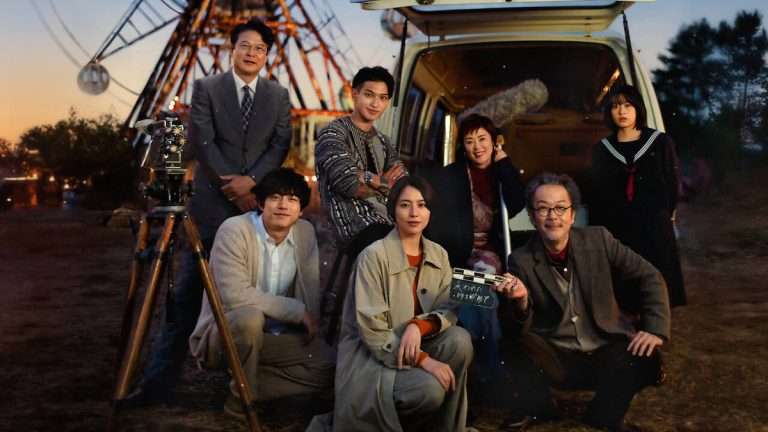“Lake Mungo” has long held a curious spot in the horror lexicon. If someone were to search online for the scariest jump scares in horror history, it would only be a matter of time before the grainy, disorienting footage of Alice Palmer’s bloated doppelganger appeared on their screen. And yet, actually watching the entirety of “Lake Mungo” seems to be an experience that bores and confounds viewers just as often as it leaves them shaken. This polarized response to blending horror and docufiction has raised an interesting question over the years: Can something still be genuinely frightening when filtered through recollection?
The “truth,” of course, is that horror is just as subjective as any other emotion, and discovering that the blur that sort of resembles a human face really is a human face won’t raise the hair on everyone’s neck. But what might be undeniable is that Alice’s presence in “Lake Mungo”—sometimes real, sometimes imagined, but felt behind every line of dialogue—becomes more haunting the more we think about it.
As the Palmer family ruefully recounts Alice’s story to the film’s fictional documentary crew, it becomes clear that their daughter’s last days were not only marked by supernatural occurrences, but also pervasive fear, dread, and isolation—the emotional core of the film that is so devastating.
We have seen this type of story before, of course. A good example would be “Twin Peaks” and the related film “Fire Walk with Me,” which this movie references by way of the “Palmer” surname. In many ways, Alice’s story is a lot like Laura’s, especially in the mysterious nature of her disappearance. But while the conventional narrative of “Fire Walk with Me” digs into the specifics of what Laura felt and the traumatic reality of her double life, “Lake Mungo” pulls away entirely, choosing to tell the story from the grieving perspective of her family. Putting us in their shoes makes the truth of what happened more elusive, and her story more perplexing the deeper we dig.
Also Read: 10 Great Foreign Horror Movies You Can Watch Right Now
Part of Lake Mungo’s strange effect lies in how realistic it feels. As a faux true crime documentary, it is remarkably convincing, never overplaying its hand by searching for unnecessary drama or coaxing showy performances out of the subdued, matter-of-fact improvisation from the film’s mostly unknown cast.
In addition to the interviews, there are an impressive number of manufactured home videos, family photos, and even extended news clips that capture the era’s fuzzy aesthetic. For some, this focus on authenticity can result in boredom. Ideally, the film lulls the audience into subconsciously believing that this is a real family being affected, so that even mere hints of supernatural activity feel unsettling and plausible.
The focus on tangible, physical items of documentation—film, photos, a journal—is used to explore the contrast between how the family remembers Alice, and how she actually lived. It also brings to mind another David Lynch film, “Lost Highway,” which features a possible serial killer haunted by the idea of a video camera capturing his exploits (or sort of, anyway—it is Lynch, after all). Here, the shocking evidence that the family uncovers—such as a tape containing footage of Alice engaging in an illicit threesome with parents she babysat for—reveals that they may have never really known their daughter at all.
Furthermore, the revelation that Alice’s brother, Matthew, has been doctoring photographs and videos to make it appear as though Alice’s ghost has returned distracts from her legitimate presence. His attempts to reconstruct meaning only deepen the family’s misunderstanding of what lies right in front of them. The end credits, which seem to be non-diegetic, show that all of the edited photos contain Alice’s actual ghost as well, unnoticed by the family or filmmakers. So, too, might viewers ignore the horrific implications of Alice’s fate if the expectation is more explicit, traditional scares.
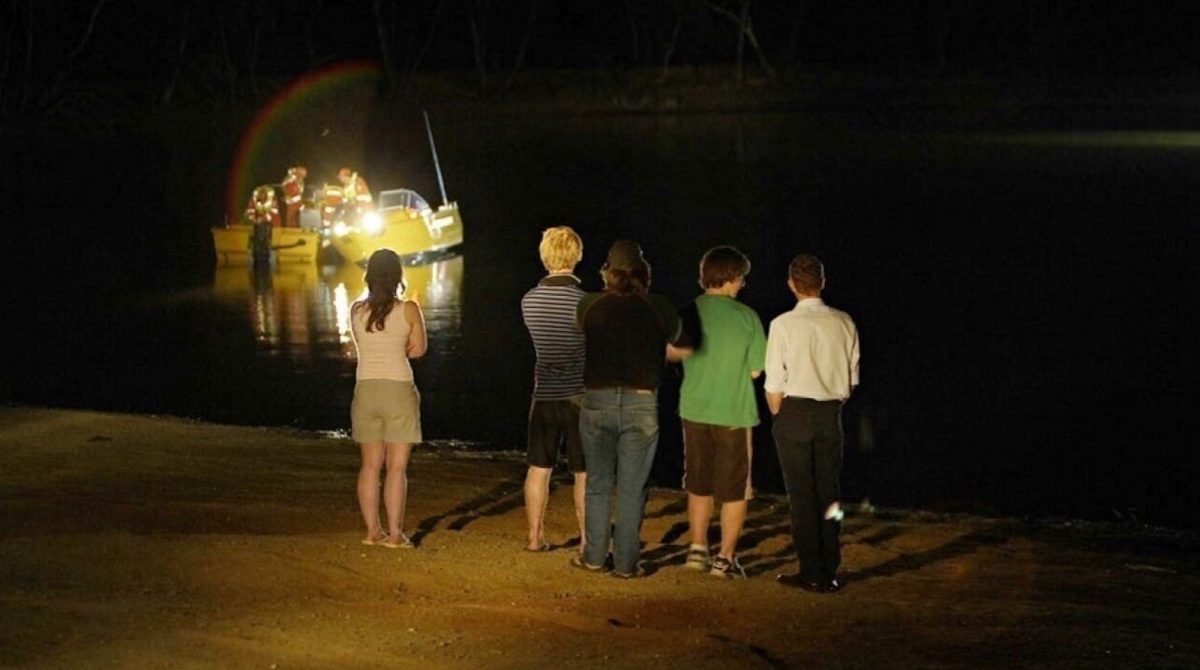
Must Check: Top 10 English Language Horror Movies of 2024
There is, indeed, an almost mystical sense of doom that runs throughout the film. Joel Anderson’s script toys with causality, and many of the supernatural events seem to transcend time and space. Alice dreams about drowning well before her death, which culminates in her coming face-to-face with her own corpse while on a trip with friends in the film’s most famous scene. Less obvious is that her ghost seems to recreate moments once lived by the real-life Alice, such as screaming at someone to leave her room or standing over her parents’ bed in the middle of the night. The past echoes through “Lake Mungo” even more strongly than we might expect.
This becomes especially apparent at the end. The film crosscuts Alice and her mother’s conversations with the same psychic, though they occur months apart. Under guided meditation, June pictures herself walking into Alice’s room and looking around without seeing anyone, seemingly satisfied that her family “discovered” whatever the ghost wanted them to see.
Cutting to Alice and her vision, she describes sitting in her chair, watching her mother walk in and scan the room before leaving without noticing her at all. Despite occurring without knowledge of the other, the two women describe the same interaction. Unfortunately, Alice is no more alone now than she was before.
It is through looking at the film in retrospect—through the eyes of Alice instead of her family—where “Lake Mungo” has the power to truly frighten. As the secretive life of their daughter comes into view, the family’s discoveries result in more questions being raised than answered. The tragic reality is that no one, not even the viewer, can know precisely what occurred at the end of her life, or whether she has achieved any measure of peace. Despite the family packing up and moving on from Alice and the house at the end of the film, the implication is that she is still there. For “Lake Mungo” fans, it’s this realization that makes her so hard to forget.

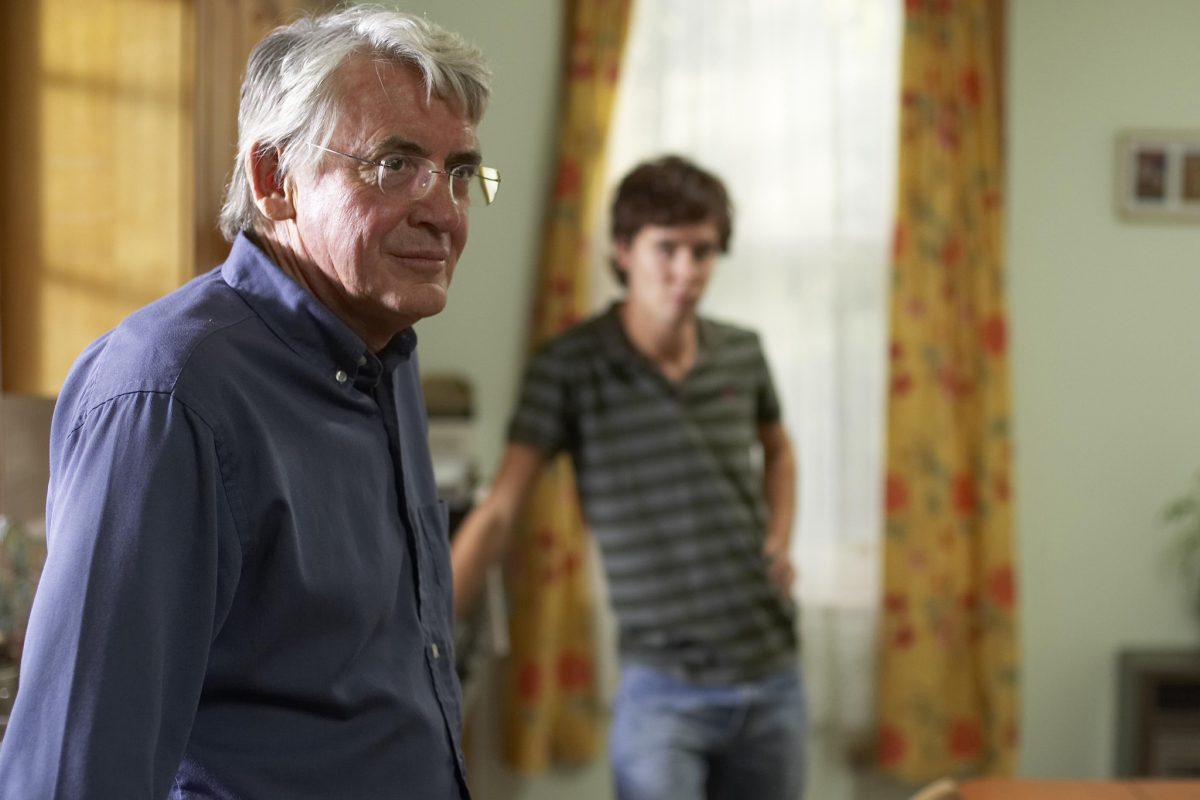

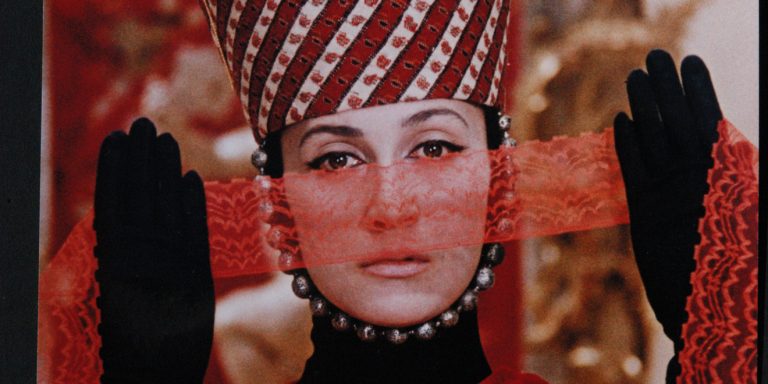
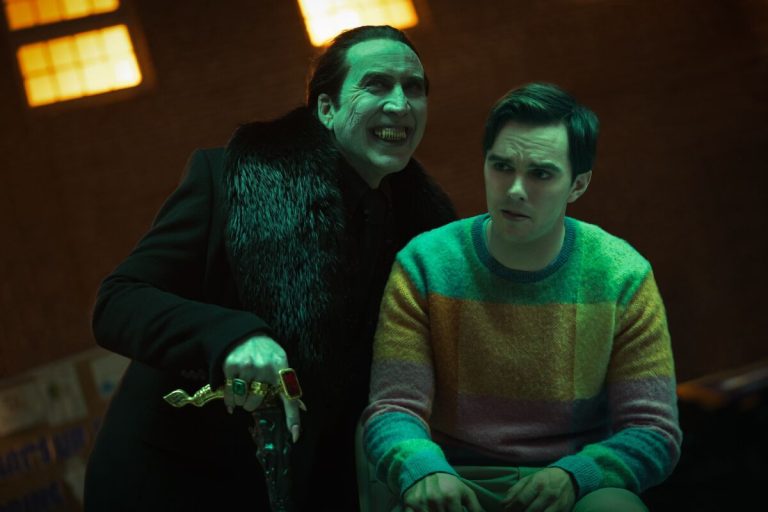
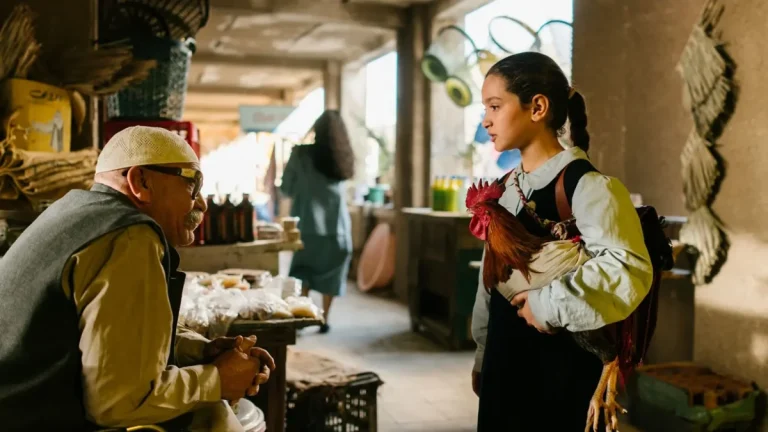

![The Greatest Beer Run Ever [2022] Review – A clumsily mounted and glib anti-war movie](https://79468c92.delivery.rocketcdn.me/wp-content/uploads/2022/09/The-Greatest-Beer-Run-Ever-Movie-Review-2-768x512.jpg)
